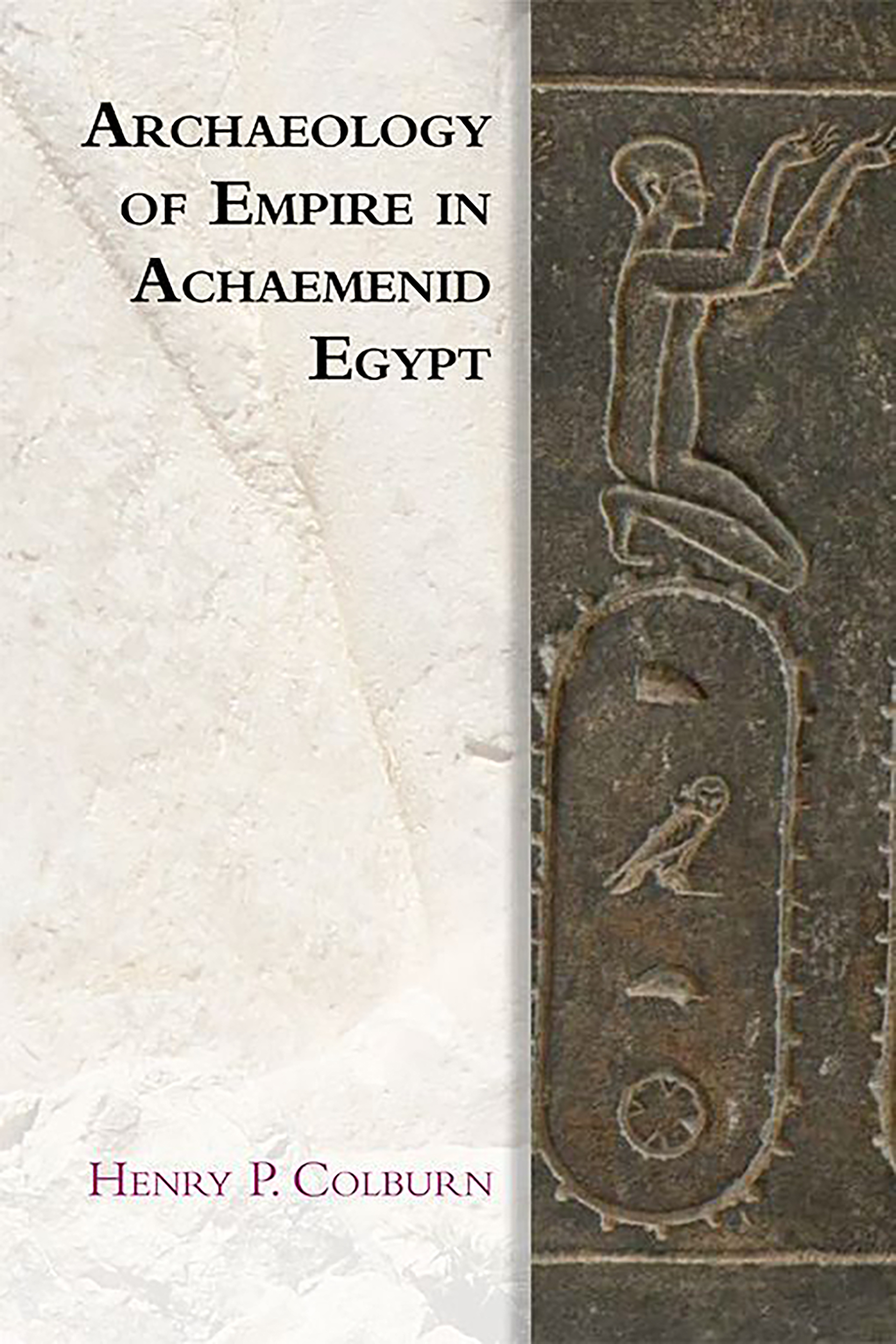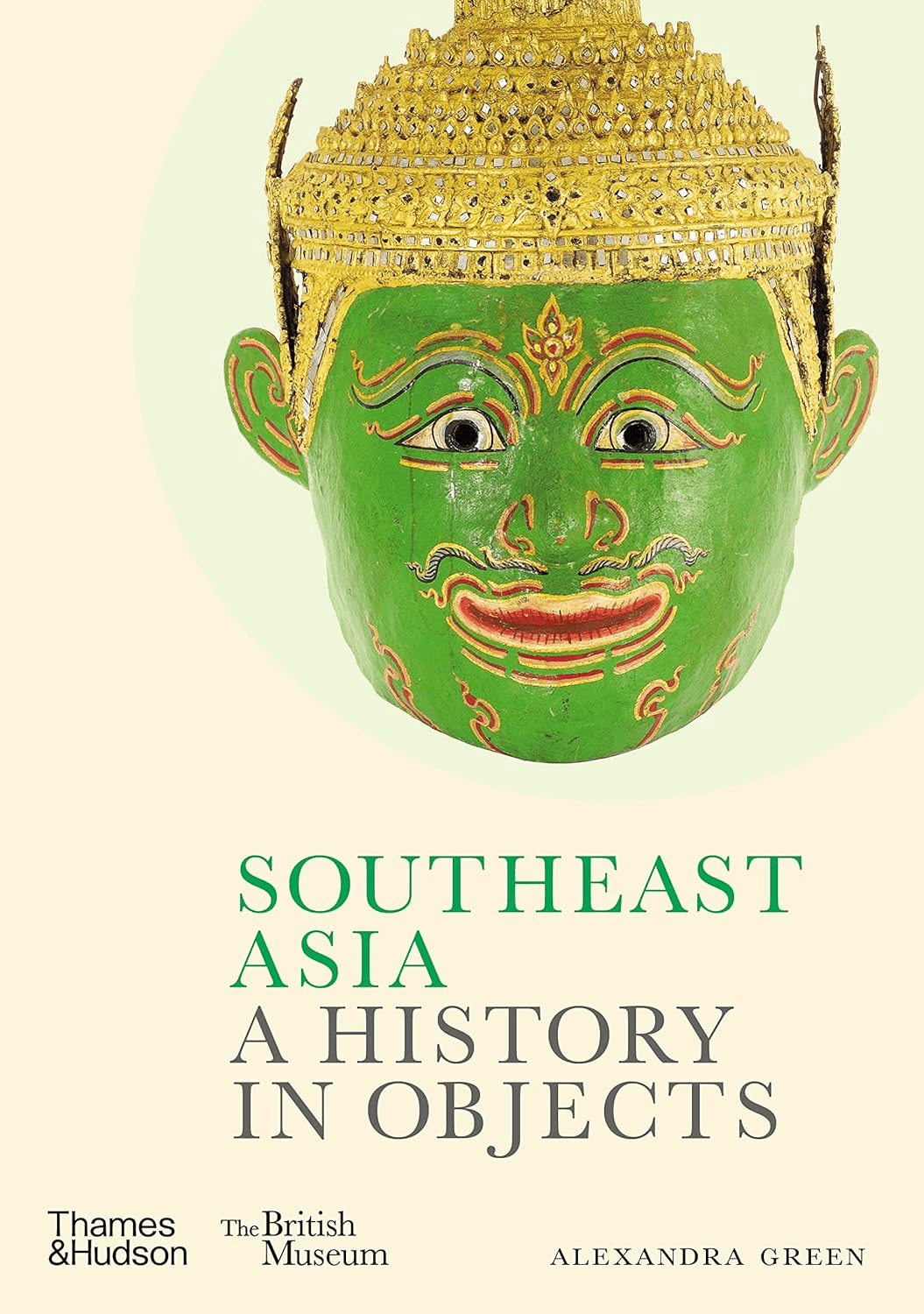
Archaeology of Empire in Achaemenid Egypt
Kyle Pakka
Henry P. Colburn
Edinburgh UP, 2020
Coming on the heels of ancient Egypt’s zenith of power in the New Kingdom period and before the arrival of Alexander in 332 BCE, the era of Achaemenid Persian rule (526–404 BCE), has traditionally been viewed by scholars as either a period of oppression by foreign invaders or an insignificant blip in the long pageant of Egyptian history. Henry P. Colburn, a Fellow in Ancient Near Eastern Art at the Metropolitan Museum in New York, surveys the material evidence—temples, tombs, irrigation works, statues, stelae, drinking vessels and coins—to create a more nuanced portrait of the age. Achaemenid Egypt was the Egypt known to Herodotus (c. 484–c. 425 BCE) and other Classical Greek writers and, as Colburn posits, was “a major feature of the intellectual, cultural, economic and political landscape of the Mediterranean and wider Near East.” Serious devotees of Egyptian history, rather than casual fans, will enjoy Colburn’s meticulous research and appreciate seeing this overlooked period in a new light.
You may also be interested in...
.png?cx=0.44&cy=0.65&cw=382&ch=487.6595744680851)
Zeina Abirached’s Art Uncovers Urgency of Wisdom in Gibran’s The Prophet
Kahlil Gibran’s 1923 classic is given new life, as Abirached’s graphic novel blends Lebanese artistry with the late author’s timeless wisdom.
British Museum Curator Takes Readers on Journey Spanning 6,000 Years
Southeast Asia curator Alexandra Green takes readers on a journey spanning 6,000 years, highlighting objects from Neolithic stone tools to contemporary paintings.